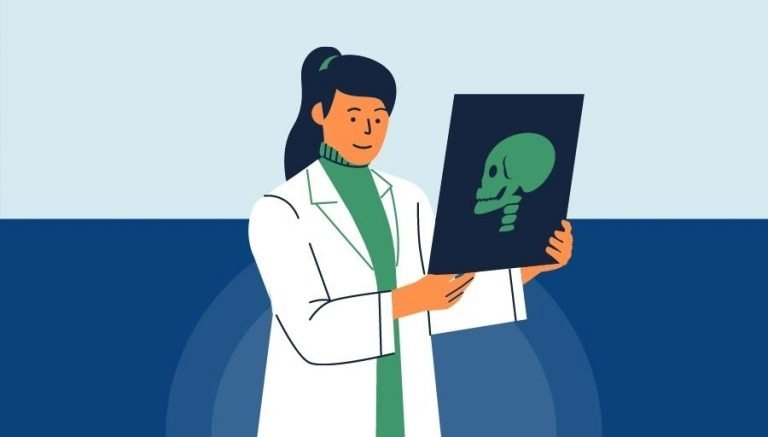How To Use CPT Code 27050
CPT 27050 describes the procedure of arthrotomy with biopsy of the sacroiliac joint. This article will cover the description, official details, procedure, qualifying circumstances, appropriate usage, documentation requirements, billing guidelines, historical information and billing examples.
1. What is CPT Code 27050?
CPT 27050 involves making an incision to open the sacroiliac joint where the spine meets the pelvis and taking a biopsy of the soft tissue. This code is used to report the specific procedure of arthrotomy with biopsy of the sacroiliac joint.
2. Official Description
The official description of CPT code 27050 is: ‘Arthrotomy, with biopsy; sacroiliac joint.’
3. Procedure
- The healthcare provider prepares the patient and administers anesthesia.
- An incision is made in the skin above the sacroiliac joint, and the provider dissects down through the subcutaneous tissue to reach the joint capsule.
- The joint capsule is incised and opened to access the interior of the joint.
- The provider examines the joint space for any abnormalities.
- A biopsy of the joint tissue, such as synovial tissue, is taken for further analysis.
- The wound is irrigated with antibiotic solution, and the provider closes the incision in layers.
- If necessary, a drain may be left in place.
4. Qualifying circumstances
CPT 27050 is performed when there is a need to access and biopsy the sacroiliac joint. This procedure is typically done to investigate and analyze the soft tissue within the joint. It is important to note that the provider must have a valid reason to perform the arthrotomy and biopsy, such as suspected infection or inflammation in the sacroiliac joint.
5. When to use CPT code 27050
CPT code 27050 should be used when the provider performs an arthrotomy with biopsy specifically on the sacroiliac joint. It is important to accurately document the procedure and ensure that it aligns with the official description of CPT 27050.
6. Documentation requirements
To support a claim for CPT 27050, the healthcare provider must document the following information:
- Reason for performing the arthrotomy and biopsy on the sacroiliac joint
- Details of the procedure, including the incision, exploration of the joint, and biopsy
- Any abnormalities or findings observed during the procedure
- Use of anesthesia and any complications
- Post-procedure care, such as wound irrigation and closure
- Signature of the healthcare provider performing the procedure
7. Billing guidelines
When billing for CPT 27050, ensure that the procedure performed aligns with the official description of the code. It is important to accurately document the details of the procedure and any necessary supporting information. Additionally, be aware of any specific billing guidelines or modifiers that may be required by the payer.
8. Historical information
CPT 27050 was added to the Current Procedural Terminology system on January 1, 1990. There have been no updates or changes to the code since its addition.
9. Examples
- A patient presents with persistent pain in the sacroiliac joint. The healthcare provider performs an arthrotomy with biopsy to investigate the cause of the pain and analyze the joint tissue.
- During a diagnostic procedure, the provider discovers signs of infection in the sacroiliac joint. An arthrotomy with biopsy is performed to obtain a tissue sample for further analysis and guide appropriate treatment.
- A patient with a history of autoimmune disease experiences inflammation in the sacroiliac joint. The provider performs an arthrotomy with biopsy to assess the severity of the inflammation and determine the most suitable treatment approach.
- As part of a research study, the provider conducts an arthrotomy with biopsy on the sacroiliac joint of multiple patients to gather data and analyze the joint tissue for potential abnormalities.
- A patient with chronic sacroiliac joint pain undergoes an arthrotomy with biopsy to investigate the underlying cause of the pain and determine the most effective treatment plan.


